Vietnam may reach 8 million tons of exports
The latest update from the Vietnam Food Association (VFA) shows that the export price of 5% broken rice from Vietnam continues to increase by 10 USD, to 663 USD/ton; 25% broken rice also increased by 10 USD, to 648 USD/ton. This is the second price adjustment this month with a margin of 10 USD/ton/time. Following Vietnam is 5% broken rice from Pakistan at 568 USD/ton and 3rd is Thai rice at 558 USD/ton.

Rice prices will remain high in 2024
In the Mekong Delta rice granary, many farmers and traders said that the price of raw rice has continuously increased, currently commonly exceeding 9,000 VND/kg. Specifically, the price of OM 18 and Nang Hoa rice ranges from 9,000 - 9,200 VND/kg; Nang Hoa 9 ranges from 9,000 - 9,300 VND/kg; Dai Thom 8 is priced at 8,800 - 9,000 VND/kg; IR 50404 is around 8,700 - 8,800 VND/kg...
According to a survey by Thanh Nien, farmers are very excited because the rice crop is getting good prices. But this has pushed the price of raw rice to continue to increase by 200 - 300 VND, white rice grade 1 and white rice 5% broken is priced at about 16,000 VND/kg and rice exporting enterprises are having more difficulty finding supply while the demand for rice imports from many countries remains high. In this context, enterprises with contracts are forced to collect goods to pay for orders, while most enterprises are temporarily suspending waiting for the upcoming winter-spring crop. "The price of 5% broken rice in Vietnam is currently 105 USD/ton higher than that of Thailand. In addition, high-quality fragrant rice in Vietnam has also increased following white rice, the increase is up to 30 - 40 USD/ton, with common prices from 750 - 800 USD. This reduces the competitiveness of Vietnamese rice, so most enterprises cannot sign new contracts," said a business.
Mr. Do Ha Nam , Vice President of VFA, analyzed: There is not much supply left while demand is high, so the price keeps increasing like a bubble, but in reality, the export volume is insignificant. By the end of October, Vietnam had exported over 7 million tons. In the remaining 2 months, we can export a maximum of 1 million tons more. This is a record number for Vietnam's rice export volume in a year.
Having just returned from a survey of the Chinese market, Mr. Nam added that recently, this country has not increased imports when rice prices are high. According to him, China has controlled domestic rice prices very well thanks to its large reserves, so it has released its stocks to stabilize the market. "China's rice prices are currently cheaper than Vietnamese rice, even though they are our traditional customers. However, this also causes a shortage in China's reserves and at the right time they will have to increase imports to supplement. Therefore, in theory, it is possible to believe that rice prices will continue to be high and last for a long time," Mr. Nam commented.
"No cooling before 2025"
The "Global Commodity Outlook" report recently published by the World Bank stated: Global rice prices are not expected to decrease (significantly) before 2025 due to export restrictions from major producing countries and the persistent threat of El Nino. Specifically, agricultural prices are forecast to decrease by 7% in 2023 and by 2% in 2024 and 2025 due to abundant supply. However, on the contrary, rice prices are still increasing. The average global rice price in 2023 is 28% higher than in 2022 and is expected to increase by 6% in 2024. The reason is the threat of El Nino and export restrictions from major suppliers as well as increased imports from countries with high demand. The report also mentioned that the kharif crop, one of India's two main crops, has failed and output has decreased.
Estimates of how much India’s rice output will fall vary. Some international experts estimate a 7-8% decline, while the Rice Exporters Association of India (REA) puts the figure at 2-3%, while the US Department of Agriculture estimates a 3% decline, or about 4 million tonnes. Meanwhile, India’s Ministry of Agriculture and Farmers’ Welfare says summer-sown output could fall 4% to 106.3 million tonnes.
India began restricting exports in July 2023, but domestic rice prices are still nearly 15% higher than a year ago. Prime Minister Narendra Modi said last week that the government is trying to protect consumers from rising food prices. India is considering expanding a program that provides free or subsidized grain to more than 800 million people. The program could last five years. To implement the policy, the government will have to buy more wheat and rice from farmers.
This year, for the first time in eight years, India's rice production is expected to decline. This, along with a massive food subsidy scheme, is what has led many experts to believe that India will continue its export restrictions. Several international news agencies as well as anonymous sources have confirmed that "the government has no plans to ease the ban in the near future."
Regarding the supply from Thailand, the National Rice Policy Committee chaired by Prime Minister Srettha Thavisin has asked the Ministry of Commerce to continue to improve and complete policies to stabilize rice prices for the 2023/2024 harvest. The Thai government will support credit and interest rates for businesses and farmers to temporarily store rice for 1-5 months instead of selling immediately after harvest. The Thai Customs Department said that in the first 9 months of 2023, rice exports increased to 6.08 million tons, worth 3.44 billion USD, up 12.3% in volume and 23.3% in value compared to the same period last year. According to data from the Thai Rice Exporters Association, the country exported an additional 800,000 tons of rice in October, bringing Thailand's total rice exports to 6.88 million tons. It is expected that the rice export volume for the whole year of 2023 may exceed the initial target and reach 8.3 - 8.5 million tons.
Thai rice exporters assess that rice demand remains strong, especially from the Indonesian market. This is quite consistent with statistics from the Vietnam Food Association. Specifically, in September 2023, Indonesia was Vietnam's largest rice importer with an output of 166,000 tons, while the traditional market of the Philippines only reached nearly 97,000 tons, Ghana nearly 81,000 tons and China 72,000 tons. Official information from Indonesian officials confirmed that rice imports will continue to increase in 2024. Indonesia also needs to ensure food security and market stability to prepare for elections.
It can be seen that in the context of limited supply and high demand, Vietnamese rice is still facing the opportunity to create new records.
Currently, India is still extending its rice export restrictions. This is an important source of supply and accounts for 40% of global rice trade. Meanwhile, the demand for rice imports from many countries is high. Therefore, rice prices will continue to be high in 2024, possibly not reaching the $700/ton mark but will be close to that threshold. Mr. Do Ha Nam , Vice President of Vietnam Food Association |
According to Thanh Nien
Source: https://thanhnien.vn/con-sot-gia-gao-se-keo-dai-den-khi-nao-185231106230921948.htm
Source








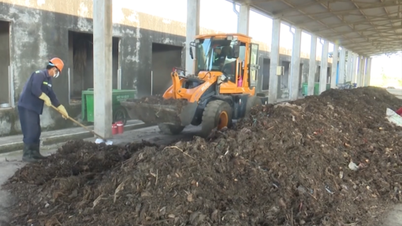





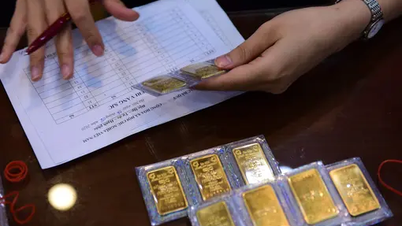






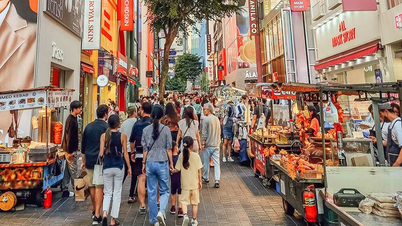

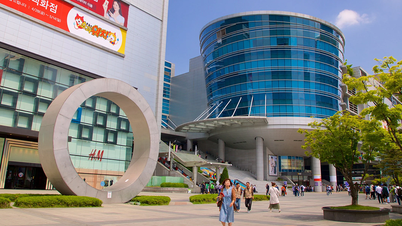


























































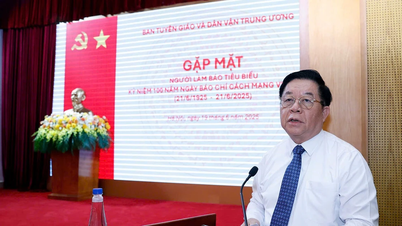
















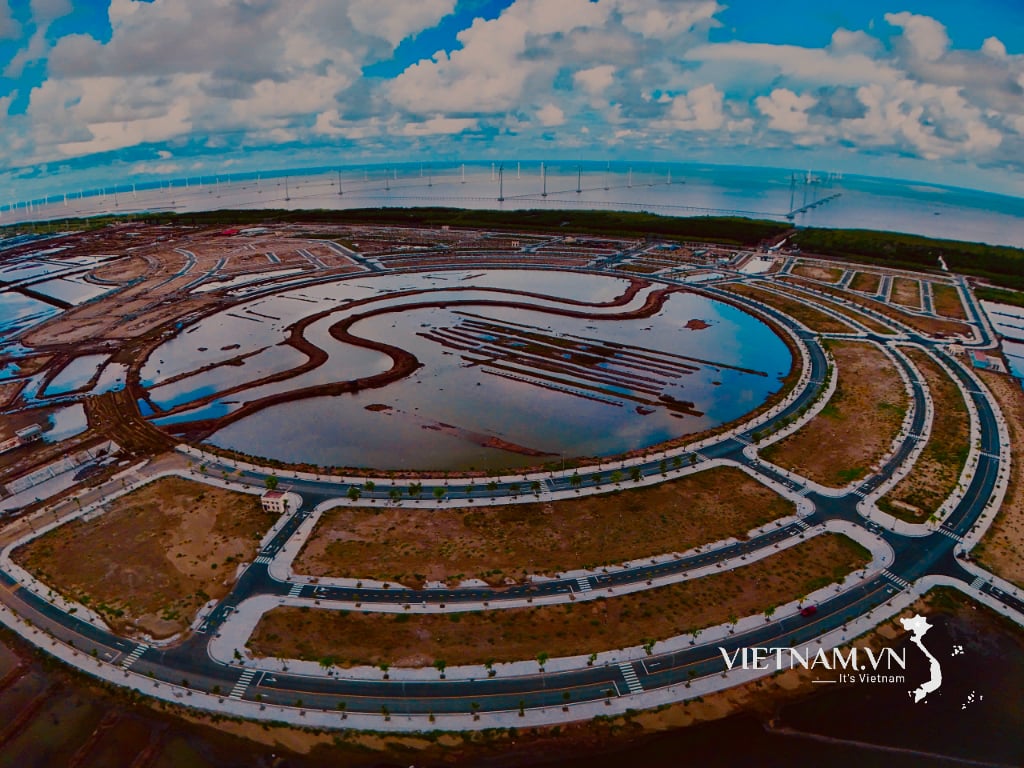
Comment (0)